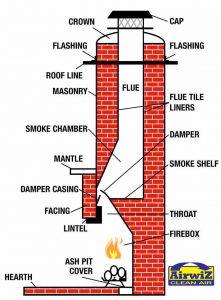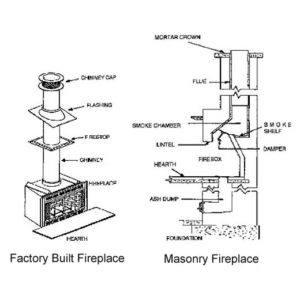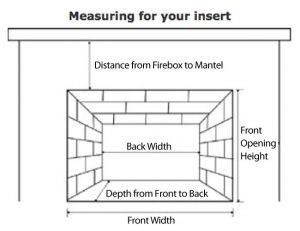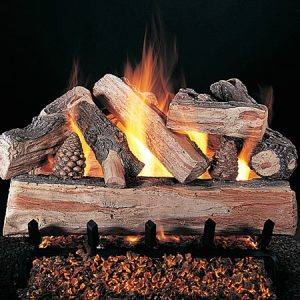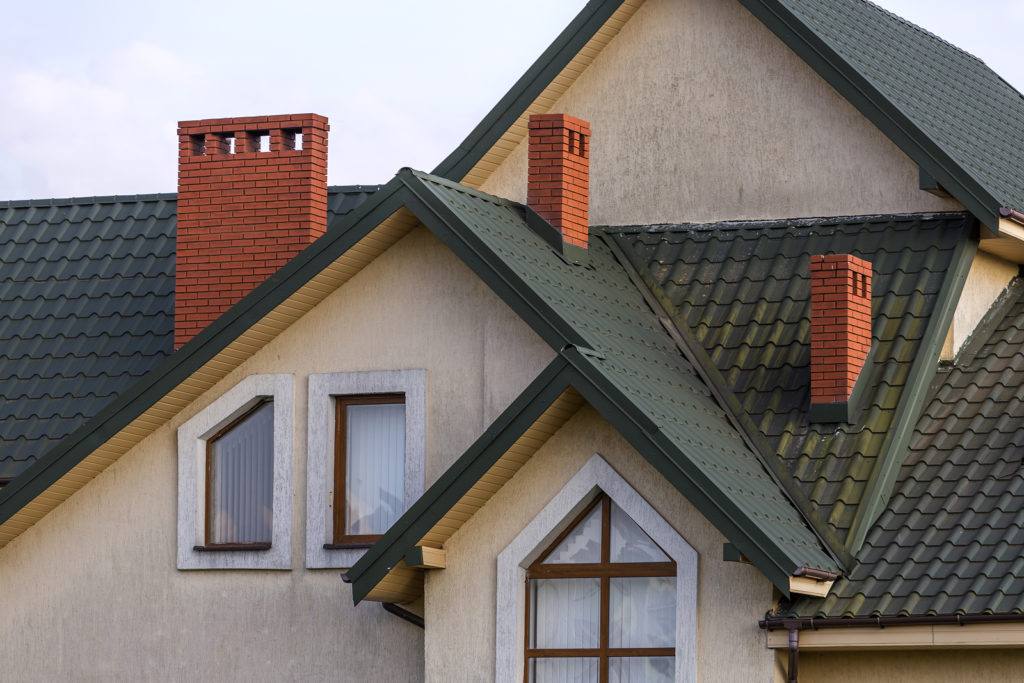If you’re looking to replace or rebuild your chimney soon, you’ll have to decide whether you want masonry or metal chimneys. Not many people really know the difference between the two and can be quite confused as to which option to choose. While both are common options and can be used for a variety of different chimneys, there are some important differences that homeowners should be aware of to make an informed decision. Here are a few differences between masonry and metal chimneys:
WEIGHT
When it comes to weight, a masonry chimney is much heavier than metal.
Because of their weight, there may even be restrictions about where you can place a masonry chimney in your home. They’re generally used on the first floor of a building. Metal Chimneys can weigh much less and are better suited to multi-floor buildings.
ABILITY TO WORK AROUND OBSTRUCTION
Generally, metal chimneys are more flexible with complex buildings than masonry options. Depending on the layout of the home and where you want your fireplace, there may be an offset between the chimney and fireplace. This is when your chimney can’t go straight up because of an obstruction, and it’ll need to go around something. Masonry chimneys only function well with a small off-set, whereas metal chimneys can move around most things no problem.
HEAT REFLECTION PERFORMANCE
When it comes to providing high heat reflection, masonry chimneys really earn their keep. The higher the heat reflection there is in a fireplace, the better heat circulation you have in your home. You want increased heat circulation because it keeps the area around the fireplace warmer and strengthens the smoke removing updrafts of the chimney at the same time. Usually, metal chimneys don’t do as well here, so if that matters, go with a masonry chimney.
Taking these three considerations into account will help you decide on a masonry or metal chimney for your home!

